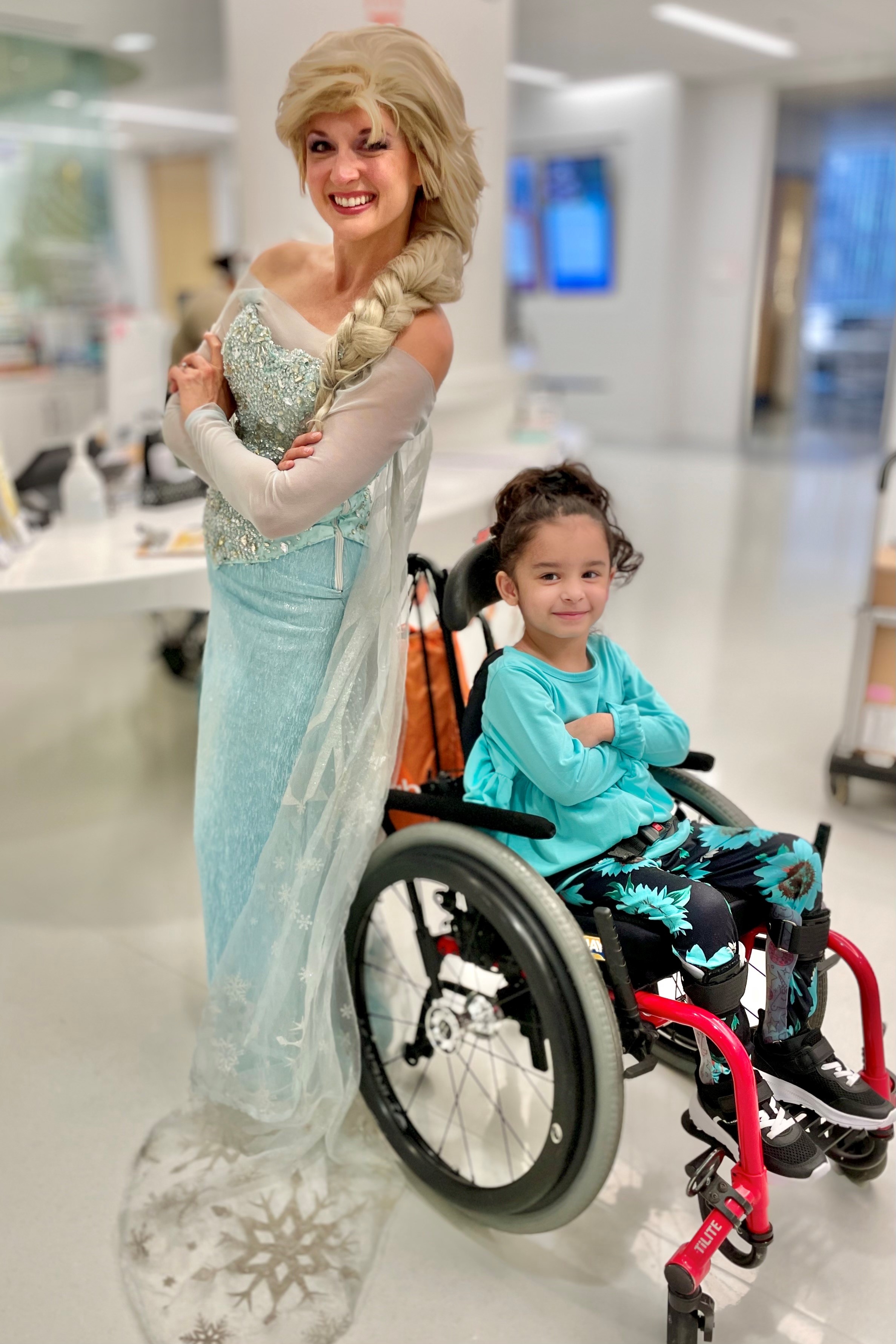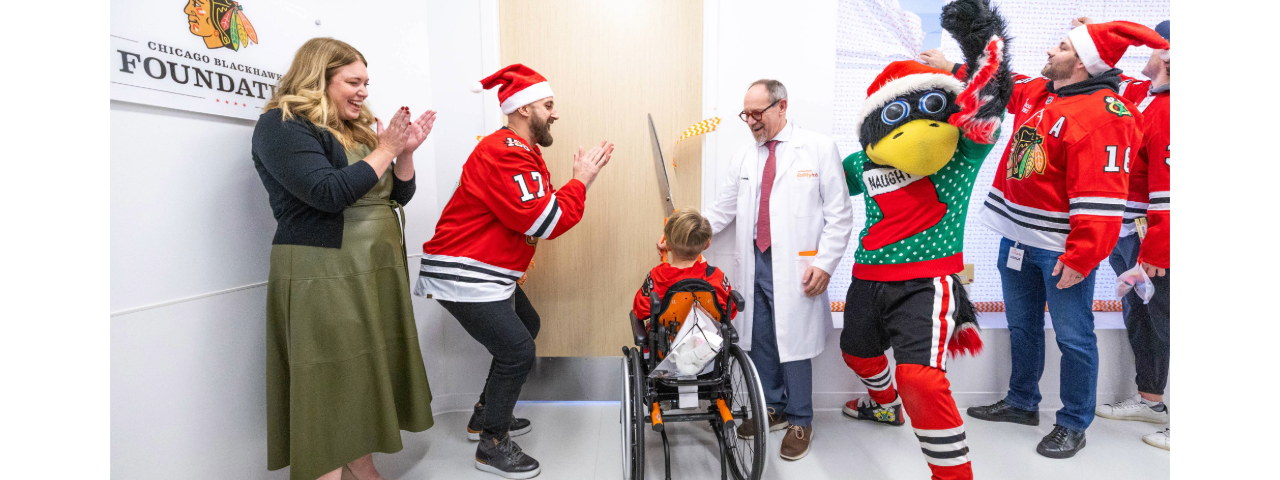Body
Child Life is a degreed profession dedicated to understanding and minimizing the effects of illness and healthcare on children and their families. Child Life Specialists (CLSs) provide psychological, emotional and developmental support for children and families in healthcare settings, helping them cope through age-appropriate education and play.
Young patients come to a hospital because they have either sustained or been diagnosed with a severe, complex injury, illness or condition. The longer the stay, and the more children need extra support — as do their parents.
Collaborating with the Care Team
Body
No one knows or understands children better than their parents. As a result, parents are a very important part of the care team. CLSs work closely with the child, the parents and each member of the medical team. They frequently talk with parents to learn more about their child and more about how, together, they can support the whole family.
A critical component of the CLS role is participation in the clinical team meetings with doctors, nurses and therapists. The CLS needs to stay up to speed on any changes in children’s health, medical treatments or any emotional context (e.g., did they have a bad night, were they given a new medication that makes them sleepy or hyperactive; have they been showing greater fear and, if so, of what?).
Then the CLS brainstorms on activities that will address or take into consideration what is happening for the child right now.
Goals of Child Life Activities
Body
Upon admission, the CLS introduces himself or herself to the patient and family members and explains the goal of Child Life activities.
On the medical side, a big part of the CLS’s role is to help educate or prepare children for something that could be stressful. In an age-appropriate way, the CLS explains what is happening to them (from specific procedures such as the insertion of an IV line to bigger-picture issues such as homesickness or refusal to eat). Knowing and understanding the truth helps children feel safer and more in control.
On the emotional and psychological side, the CLS’s role is to find ways to make patients feel better and happier, and to have some fun.
Examples of CLS Activities
Body
There is no set agenda or list of things to do. A CLS is always called upon to be creative and works at discovering how each child defines fun and thrives. When activities are aligned with therapeutic goals, therapy is cleverly disguised as fun.
There also may be group activities, such as giving young participants squirt bottles filled with paint and shaving cream. Everyone takes aim at a canvass and makes a mess, with laughter creating its own healing magic.
A group event might be tailored for one child, but fun for all. For example, the CLS might throw a group pizza taste-testing party to subtly motivate a child refusing to eat. The focus then shifts away from eating to joining the fun with the other kids.
Similarly, a life-size R2-D2 might suddenly appear during a showing of Star Wars, or Frozen’s Elsa and her friends might drop in for a visit. The possibilities are endless.

Getting Outdoors
Body
Some patients in a hospital may long to get outside. The CLS engages other departments and the community in creating fun experiences, often working with our therapeutic recreation specialists to incorporate music, art or animal therapy or adaptive sports.
The CLS might set up an outing to a local bowling venue for teenagers or a field trip to a local, hands-on children’s museum for little ones.
Where CL activities are concerned, the smallest experience has the potential to make the biggest difference.

